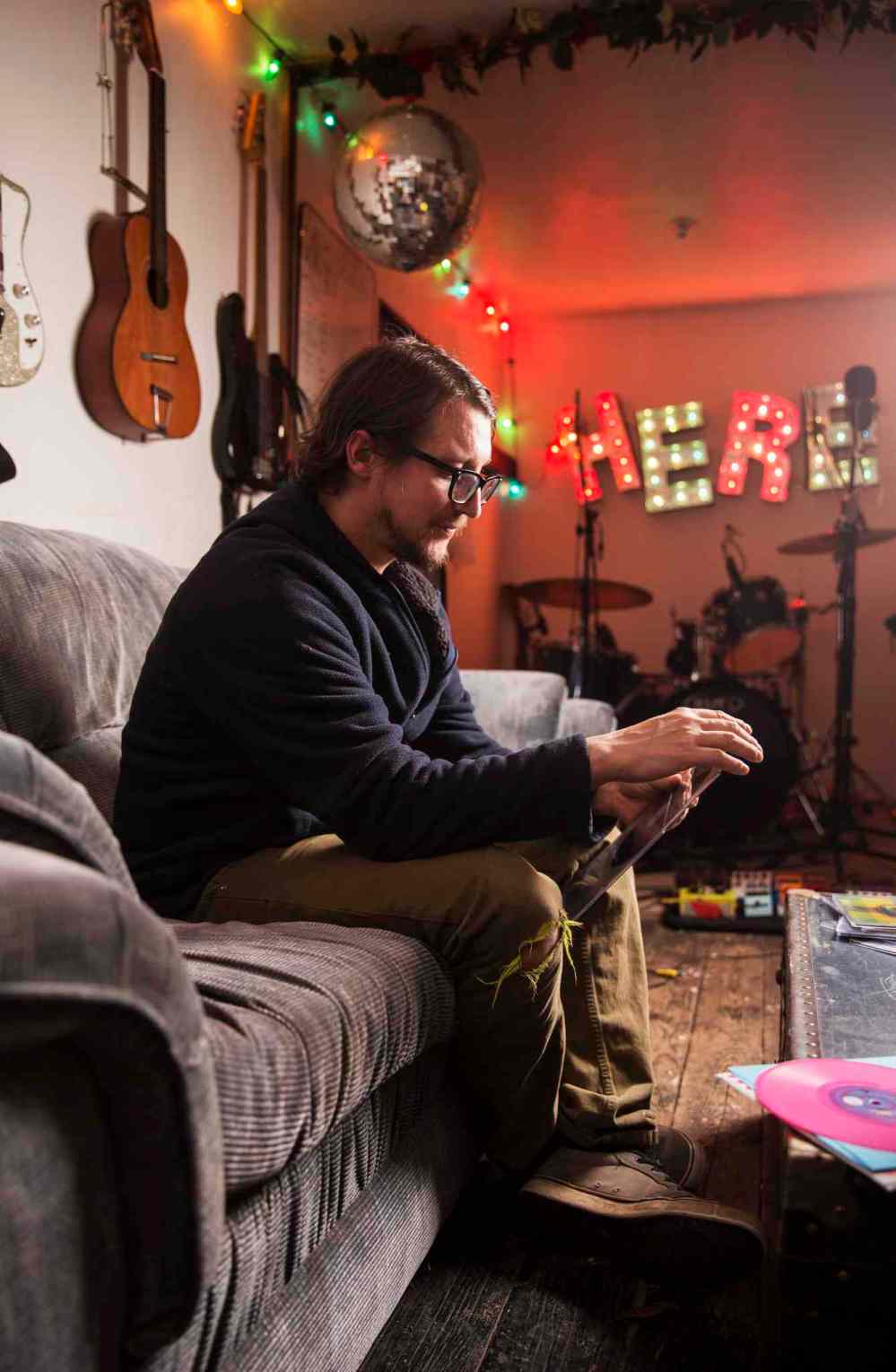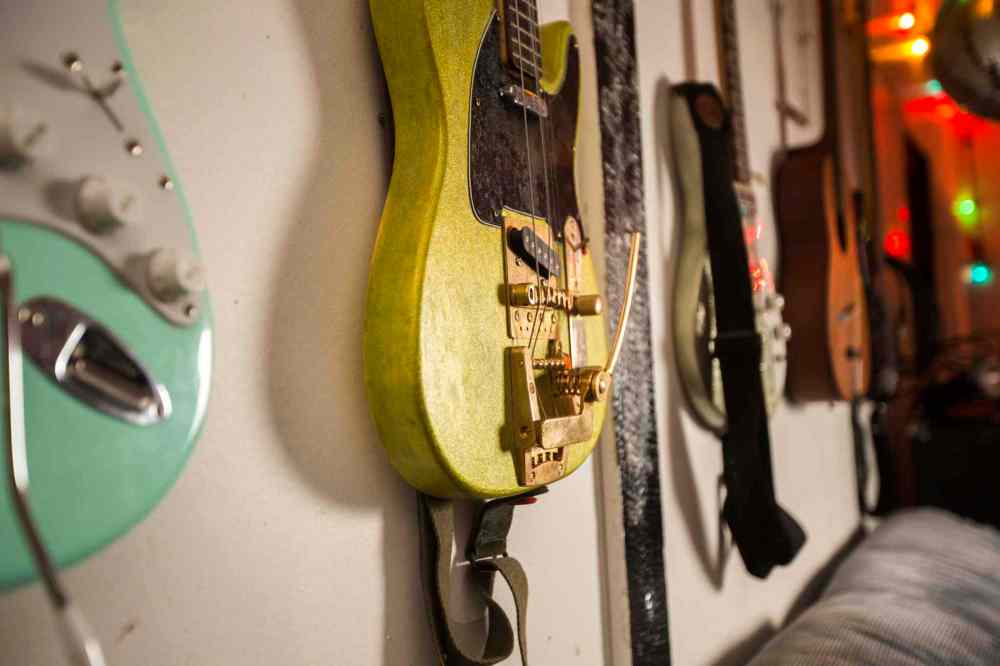Manitoba record producer uses a little bit of old to create something new
Advertisement
Read this article for free:
or
Already have an account? Log in here »
To continue reading, please subscribe:
Monthly Digital Subscription
$1 per week for 24 weeks*
- Enjoy unlimited reading on winnipegfreepress.com
- Read the E-Edition, our digital replica newspaper
- Access News Break, our award-winning app
- Play interactive puzzles
*Billed as $4.00 plus GST every four weeks. After 24 weeks, price increases to the regular rate of $19.00 plus GST every four weeks. Offer available to new and qualified returning subscribers only. Cancel any time.
Monthly Digital Subscription
$4.75/week*
- Enjoy unlimited reading on winnipegfreepress.com
- Read the E-Edition, our digital replica newspaper
- Access News Break, our award-winning app
- Play interactive puzzles
*Billed as $19 plus GST every four weeks. Cancel any time.
To continue reading, please subscribe:
Add Free Press access to your Brandon Sun subscription for only an additional
$1 for the first 4 weeks*
*Your next subscription payment will increase by $1.00 and you will be charged $16.99 plus GST for four weeks. After four weeks, your payment will increase to $23.99 plus GST every four weeks.
Read unlimited articles for free today:
or
Already have an account? Log in here »
Hey there, time traveller!
This article was published 21/11/2015 (3616 days ago), so information in it may no longer be current.
LA BROQUERIE — Charles Granger is the founder of NLC2, a record label specializing in limited-edition releases by indie darlings such as Penny Raygun, JohNNy SiZZle and Skingerbreadman.
Granger’s enterprise is as old-school as it gets. In place of state-of-the-art recording techniques, Granger, 36, works with a record lathe, also called a home phonograph disk recorder — a primitive-looking device that was all the rage in the 1930s and ’40s.
“It’s the way records were made — and sounded — in the old days,” Granger explains, seated in his studio, a converted bunkhouse located in the backyard of the La Broquerie home he shares with his girlfriend and 18-month-old son, Henry. “Basically, a sapphire cutting needle carves grooves into the surface of a disk, transferring the signal from an audio file or live feed. It’s all done in real time, so if a song is four minutes long, it takes four minutes to create a record. Unless you mess up. Then you have to start all over again.”
Odder still; all of the singles and albums Granger generates were once plastic dinner plates. Or X-ray film. Or blank DVDs.
“It’s a very non-traditional way of making records, that’s for sure.”
To demonstrate the audio quality of his recordings, or lack thereof, Granger played us a song performed by his own band, Ex Modern Teen. The best way to describe what we listened to is this: Pretend you’re catching an act at a local watering hole and you suddenly have to use the facilities. So now you’re standing in the washroom, cross-legged, waiting for the next available stall. But you can still hear the musicians on the other side of the wall, ripping it up on the stage. That raw, echoey effect? Yeah, that’s kind of what Granger’s record sounds like.

Eighteen months ago, Granger was part of a skill-sharing circle called No Label Collective. The group was a mix of “really awesome artists,” Granger says, whose backgrounds ranged from graphic design to music to writing.
“The idea was, if you were a photographer, you’d come and shoot somebody’s band,” he explains. “Or if somebody was a button-maker, they would make you some souvenirs you could sell at your shows.”
Granger wanted to contribute by producing records for NLC members. After doing some research, the self-described “science nerd” learned the most economical way to do that would be with a record lathe.
As luck would have it, he spotted one for sale on eBay — a Wilcox-Gay Recordio model that retailed for $39.95 when it hit store shelves in 1941. Granger asked the person he bought it from to ship it to his mother’s home in Pembina, N.D.
“We drove down with a bunch of plastic plates I’d already cut up. The first recording I did was just a bunch of people in the room talking, nothing planned or anything,” he says. “When I played it back and found out it worked, it was like a miracle, almost.”
The No Label Collective dissolved after a few months but that didn’t deter Granger from continuing on with his project. (NLC2, the name of his label, stands for No Label Collective 2.0) Because his first machine only recorded at 78 rpm, he purchased a second one from a dealer in California and “MacGyver-ed” it so it would record at 33 and 45 rpm, as well — the speeds compatible with most contemporary turntables.
“So far, I’ve only worked with people I know personally,” Granger says. “I approach the band, say, ‘Hey, do you want to do this?’ and they tell me yes or no.”
One of the groups that responded favourably was TWIN, a “hypno-folk” duo from Winnipeg. (Not exactly your standard liner notes, the back cover of the TWIN single Walk About reads, in part, “This flexidisc is lo-fi, mono & used to be a dinner plate. Only 17 exist.”)
“Charles told us he was doing this and we wanted to be in on it,” says TWIN guitarist David Fort when reached in Marlington, W.Va., where he and his bandmate, Brooklyn Samson, are on tour. “I had no idea (about a record lathe) until Charles came to us but in my head, I immediately related it to listening to old Robert Johnson records, where it was just one take in the studio.”
Fort says he loves the sound and feel of the record TWIN cut with Granger, adding it gave him the sense he was “breaking ground in the early 20th century.”
“(Our fans) for the most part think it’s really cool,” he continues. “First of all you need a record player (to listen to it). And second you have to accept a different way of listening to a recording. I think a lot of people appreciate it for the look/art of it all, myself included.”
In March, Granger manned a booth at the Freeze Frame International Film Festival, where he recorded passers-by who were curious about his contraption. At one point, a man in his 80s — a festival volunteer — approached Granger.
“He was like, “Omigod, my uncle had one of these when I was a little boy and I forgot all about it till just now,'” Granger says. “Then he told me about a song he recorded with his brother over 70 years ago and how he still remembered all the lyrics.”
Granger asked the man if he wanted to record it anew. The look on the fellow’s face as he relived that tune from his childhood was priceless, Granger says.

Granger is a graduate of the Gulf Islands Film and Television School in Galiano Island, B.C. In his “real life,” he works in public schools throughout the province, offering workshops in filmmaking and animation. One of his immediate plans is to incorporate his record lathe into his curriculum, he says.
On Day 1, Granger would discuss the history of audio recording, from Thomas Edison to Pitbull. The next day, students would spend time deciding what they want to record; it could be a skit, a speech or a poem, he says — as long as it helps develop their writing skills. Granger would capture the students’ performances on Day 3, storing the information on his laptop. On the fourth day, the kids would put their art skills to the test by creating a cover for their work.
“That night I would cut all the records at my house,” Granger says. “(The lathe) is an antique, after all, so I don’t really want to put it in the hands of Grade 2 students.”
Finally, on the last day of the session, the class would kick back and listen to everybody else’s recordings.
“I’d also like to teach them how to make a record player out of household items,” he says. “All you really need is a cardboard box, some foil and a sewing needle and you can build a gramophone-type machine — no electricity required.”
Granger’s ultimate goal is to record his musical heroes. (He laughs when he tells the story of how, in Grade 2, he once headed off to school in a blue suit and pink shirt in an effort to look like David Bowie.)
“Kristin Hersh from Throwing Muses,” he says, when he is asked who would top his list of dream collaborators. “In my mind she’s as good as Neil Young. Yeah, doing a project with her would be something else.”
david.sanderson@freepress.mb.ca
Dave Sanderson was born in Regina but please, don’t hold that against him.
Our newsroom depends on a growing audience of readers to power our journalism. If you are not a paid reader, please consider becoming a subscriber.
Our newsroom depends on its audience of readers to power our journalism. Thank you for your support.
History
Updated on Saturday, November 21, 2015 7:31 AM CST: Adds video.
Updated on Saturday, November 21, 2015 12:31 PM CST: Correct age.

